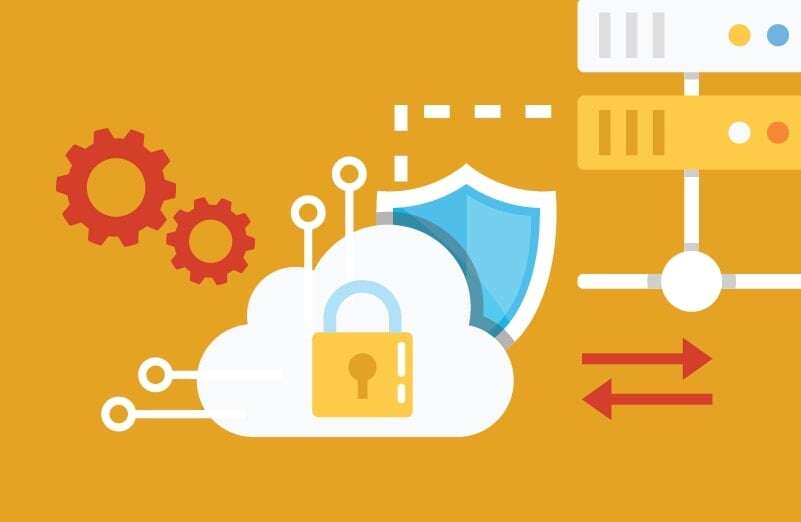2 min read

Related Posts
Top 10 Vendor Risk Management Best Practices to Take into 2019
It’s the last month of the year! When you leave behind 2018, don’t leave behind third-party risk...
14 Steps to Improve Your Vendor Risk Management
Having an effective strategy for vendor risk management is critical to protect your organization...
What Is a Vendor Management Program?
A vendor management program is a framework for ensuring vendor relationships deliver value without...
Subscribe to Venminder
Get expert insights straight to your inbox.
Ready to Get Started?
Schedule a personalized solution demonstration to see if Venminder is a fit for you.


















.gif?width=1920&name=Sample-Graphic-Animation%20(1).gif)















